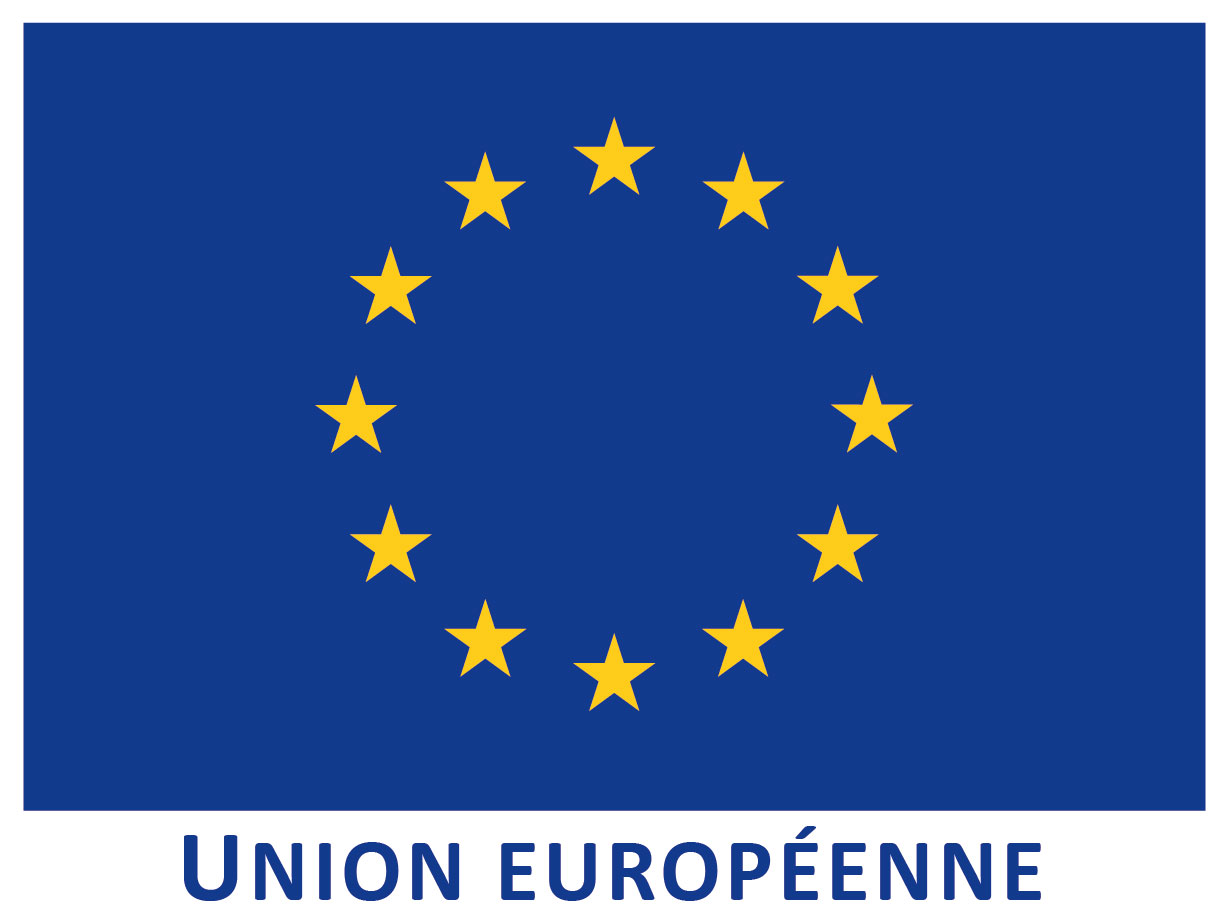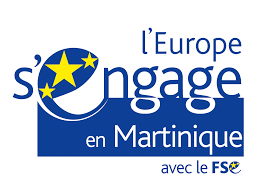The first rum distilled at “Habitation Trou Vaillant” in Martinique was exported to North America under the name of Rhum Saint James.
1765
In 1765, Martinique became one of the most productive “sugar islands” in the Caribbean.
On the island’s west coast, at the foot of Mount Pelée, the Brothers of Charity managed the Fort Saint-Pierre hospital by request of Louis XV, primarily to care for wounded soldiers, but also those in need. For the needs of the hospital, the Superior of the Order, Father Edmond Lefébure, had a sugar refinery built next door, at the place called “Trou Vaillant”. True to tradition, the sugar refinery led to the creation of a vinegar factory where the molasses residues were distilled to obtain “guildive” or “tafia”. Father du Tertre and Father Labat, both eminent botanists, had already worked on the distillation process and had stills brought over from France to improve the quality of these rather rustic alcohols which were the stuff of pirates and servants.
Father Lefébure, who had obviously already grasped the potential of this sugar cane brandy, decided to continue their work and devoted himself to producing a rum worthy of the name. A precise description in the archives of the different qualities of brandy suggests that Martinique “agricole” rum was emerging. Father Lefébure was not only a man of God. He was also a good manager with an entrepreneurial spirit. He entrusted the marketing of the excess rum to one of the other brothers, Father Gratien, who had no choice but to offer the production from Trou Vaillant to the geographically-close English colonies of North America. Shipping “Tafia” to France was prohibited since the edict of January 1713 (up until 1803) to avoid it competing with spirits distilled from wine. However it was difficult to pronounce “Trou-Vaillant” in English! In the domain, each “Habitation” had a different name and one of them, close to Trou Vaillant” was called Saint Jacques. In English, Jacques translates as James (from the Latin Jacomus), a first name which the English had brought to France after the Norman Conquest in the eleventh century. It was only natural for these men of God to choose the name of a saint for their rum! Saint James rum was born.






